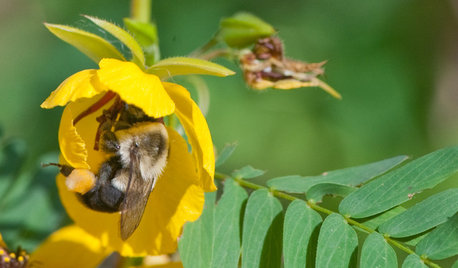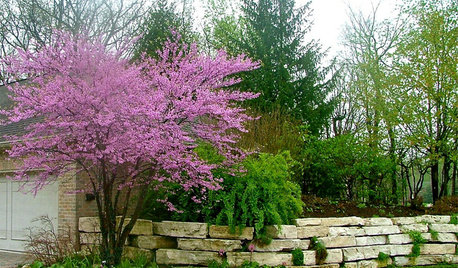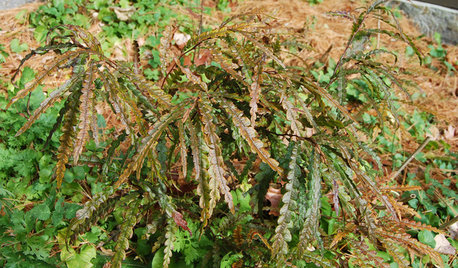Nitrogen fixing plants for Florida
tclynx
14 years ago
Featured Answer
Sort by:Oldest
Comments (13)
watermelon7
14 years agoannafl
14 years agoRelated Professionals
Glendora Landscape Architects & Landscape Designers · McKinney Landscape Contractors · East Hanover Landscape Contractors · Fort Payne Landscape Contractors · Peoria Landscape Contractors · San Antonio Landscape Contractors · St. Louis Landscape Contractors · Wanaque Landscape Contractors · West Coon Rapids Landscape Contractors · Champaign Decks, Patios & Outdoor Enclosures · Hayward Decks, Patios & Outdoor Enclosures · Marlboro Decks, Patios & Outdoor Enclosures · Portland Decks, Patios & Outdoor Enclosures · Elizabeth Siding & Exteriors · Sacramento Siding & Exteriorsgatormomx2
14 years agoan_ill-mannered_ache
14 years agotclynx
14 years agoimagardener2
14 years agotclynx
14 years agowatermelon7
14 years agojoemh9
7 years agoplantsman56
7 years agoHU-738717637
5 years agoFlorida_Joe's_Z10a
5 years ago
Related Stories

GARDENING GUIDESHow to Fix Bare and Yellow Lawn Spots
Restore your turf’s good looks by reseeding unsightly patches
Full Story
HOUSEKEEPINGWhat's That Sound? 9 Home Noises and How to Fix Them
Bumps and thumps might be driving you crazy, but they also might mean big trouble. We give you the lowdown and which pro to call for help
Full Story
LIFEYou Showed Us: 20 Nutty Home Fixes
We made the call for your Band-Aid solutions around the house, and you delivered. Here's how you are making what's broken work again
Full Story
HOUSEKEEPINGHow to Fix a Stinky Garbage Disposal
No plumber’s fee or even a trip to the hardware store is required with these easy solutions
Full Story
PATIOSSpring Patio Fix-Ups: Install an Outdoor Fireplace or Fire Pit
Make your yard the place to be by adding a fire feature that draws a crowd
Full Story
GARDENING GUIDESGreat Design Plant: Wild Lupine Dresses Up Rocky Gardens
Spiky blue flowers and a high tolerance for poor soil make this plant ideal for tough sites
Full Story
GARDENING GUIDESGreat Design Plant: Chamaecrista Fasciculata Brightens City Boulevards
Plant partridge pea in eastern U.S. gardens for its bright yellow flowers, lacy foliage and drought tolerance
Full Story
GARDENING GUIDES5 Prairie Wildflowers That Can Heal Your Soil
Get free, organic soil fertilizer with nitrogen-pumping plants that draw pollinators too
Full Story
GARDENING GUIDES10 Top Mid-Atlantic Native Plants
Enjoy a four-season garden in the mid-Atlantic region with plants that will stand up to weather shifts, clay soil and the occasional deer
Full Story
GARDENING GUIDESGreat Design Plant: Comptonia Peregrina
Though not a fern, sweet fern sure smells sweet and thrives in tough spots where many shrubs and ferns cannot
Full Story







bea (zone 9a -Jax area)